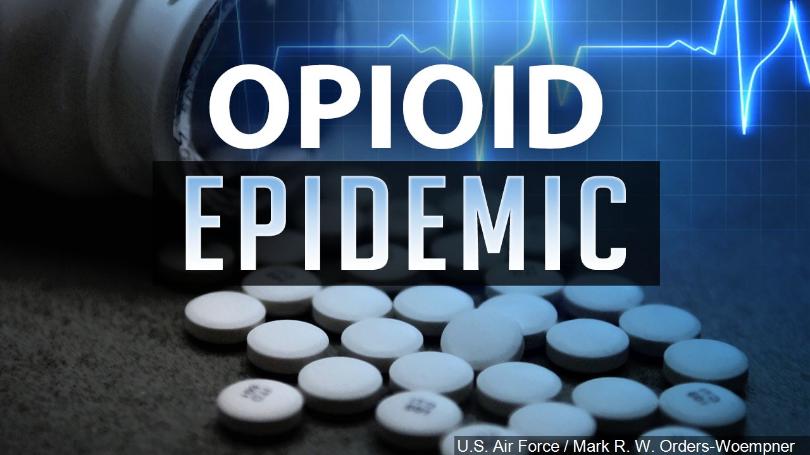THE OPIOID EPIDEMIC
AMERICA’S ADDICTION TO OPIOIDS
HOW BAD IS AMERICA’S OPIOID EPIDEMIC?
HOW TO STOP OPIOID ADDICTION
OPIOID EPIDEMIC IS RIGHT HERE
These are just some of the scare headlines that flash across the news every single day in the US. The media is obsessed with the idea of the “opioid epidemic” that is taking over the country affecting millions of people and ruining society as we know it. The hysteria just keeps on growing:
See Also: why is it more painful to be a woman?
CNN’s medical corespondent can regularly be seen on TV despairing about how pain killers are the worst thing ever invented, and only people with cancer should be allowed to have them.
Any doctor who prescribes pain killers is portrayed as not actually thinking about their patient, they’re just poor delusional souls who foolishly listened to their medical school professors that taught them being in pain isn’t good for anyone’s health.
Insurance companies promise to deny legitimate prescriptions in the name of saving the poor lost addicted souls. Who needs doctors after all when we have insurance companies to make these decisions?
Politicians are introducing bills to tax opioids so that addicted people will at least be poorer.
Doctors can be found ducking their heads and telling their patients who only have functional lives because of pain medication that they now have to get over their pain. Some doctors are sympathetic, but they don’t want to be harassed by state medical boards so they really have no choice.
This is all because the media says there is an opioid epidemic. So let’s talk about this epidemic for a moment, and instead of scare quotes and click bait we’ll use facts.
-
Product on sale
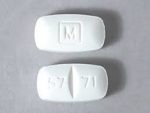 Buy Methadone 10 mg online without prescription$90.00 – $1,150.00
Buy Methadone 10 mg online without prescription$90.00 – $1,150.00 -
Product on sale
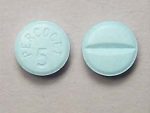 Buy Percocet (acetaminophen / oxycodone ) onlne without prescription$90.00 – $1,425.00
Buy Percocet (acetaminophen / oxycodone ) onlne without prescription$90.00 – $1,425.00 -
Product on sale
 Buy Dilaudid 8 mg online without prescription$90.00 – $1,150.00
Buy Dilaudid 8 mg online without prescription$90.00 – $1,150.00
Here’s some basic facts:
- There were 18,893 overdose deaths related to prescription pain relievers, and 10,574 overdose deaths related to heroin in 2014.*
- In 2012, 259 million prescriptions were written for opioids, which is more than enough to give every American adult their own bottle of pills.*
- Four in five new heroin users started out misusing prescription painkillers. As a consequence, the rate of heroin overdose deaths nearly quadrupled from 2000 to 2013. During this 14-year period, the rate of heroin overdose showed an average increase of 6% per year from 2000 to 2010, followed by a larger average increase of 37% per year from 2010 to 2013. *
- 94% of respondents in a 2014 survey of people in treatment for opioid addiction said they chose to use heroin because prescription opioids were “far more expensive and harder to obtain.”*
So to be clear, the opioid overdoses of 18,893 deaths in 2014 equals an epidemic, at least according to the media, certain politicians, and the doctors they’ve roped into scare quotes.
Facts about chronic pain
- It’s estimated in the US 100 million people live with chronic pain
- Only 1 in 5 people who misuse painkillers access their medication through a doctor
- Patients with chronic pain are twice as likely as nonpain controls to commit suicide
- Large-scale studies show that at least 10 percent of suicides — and possibly as many as 70 percent — are linked to chronic illness or unrelenting pain
So what are some conclusions we can draw from these facts without involving panic?
1. Too many painkillers are prescribed in the US
Has anyone stopped to ask why this is? Perhaps its because 100 million people are in pain and alternatives to pain killers are expensive. Massage, physical therapy, chiropractic care, and acupuncture are all great alternative treatments, but they are very pricey and mostly have to be paid out of pocket. They are financially out of reach for the average pain ridden American who is barely making their insurance payments.
Conclusion- Have insurance fully cover alternatives to pain killers and then people in pain will have some other options besides pills.
2. There are a lot of overdose deaths related to pain killers.
However, there are also a lot of deaths related to chronic pain, and there seems to be some conflation of the two. There isn’t always a way to tell whether someone died of an accidental overdose or if someone committed suicide by overdose because they were in pain. Additionally, for some reason we are more concerned about the overdose deaths than the 100 million people who are living in pain and are at risk for suicide. We are far more concerned for people after they are dead then when they are alive. If they are alive and in pain, not our problem. We really don’t care until they die and it looks bad.
-
Product on sale
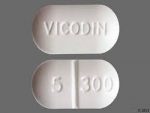 Buy vicodin 5 / 300 mg for sale online without prescription$90.00 – $1,150.00
Buy vicodin 5 / 300 mg for sale online without prescription$90.00 – $1,150.00 -
Product on sale
 Buy Norco (Hydrocodone/acetaminophen) 10 / 325 mg for sale online without prescriptionOriginal price was: $5.00.$3.20Current price is: $3.20.
Buy Norco (Hydrocodone/acetaminophen) 10 / 325 mg for sale online without prescriptionOriginal price was: $5.00.$3.20Current price is: $3.20. -
Product on sale
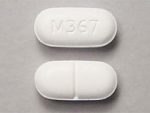 Buy lortab 10/325 mg for sale online without prescriptionOriginal price was: $5.60.$3.50Current price is: $3.50.
Buy lortab 10/325 mg for sale online without prescriptionOriginal price was: $5.60.$3.50Current price is: $3.50.
To quote the Pain News Network, “if 16,000 people a year dying from overdoses is an epidemic, then 100 million people with chronic pain must be a pandemic.”
Conclusion- The US has a chronic pain problem, not an opioid problem. Let’s talk about how to deal with chronic pain instead of just taking away medication that makes us look bad.
3. Heroin users can begin their addiction with pain killers which increases the amount of deaths of heroin.
This is an actual addiction problem, so how are we handling it? We’re handling it by taking away pain killers from everyone, without considering that people might be forced to turn to hard drugs to ease their pain or their addiction. Taking away pain pills from patients or addicts isn’t going to help anyone. The honest pain patients will live in agony and lose their quality of life, and the addicts will turn to the more accessible hard drugs anyway.
Conclusion- Treat the actual problem, addiction. Instead of throwing addicts in jail or waiting until they kill themselves, have insurance cover drug rehab and increase mental health services for the poor.
People also read: Can I buy Xanax online without Prescription?
4. The majority of people who misuse painkillers don’t get them from a doctor
Conclusion- It’s not the people in pain who are the real problem here, so if someone is in pain they should be treated. Telling someone who is hurting to take a Tylenol or get over it only increases their risk of suicide.
I don’t pretend that this one blog post can fully summarize the pandemic of chronic pain and the “opioid epidemic;” however it does draw out a very basic understanding. Which is why I am mystified that only pain patients seem to understand the real scope of the problem here. Who are the politicians standing up for people in pain? Where are the doctors defending the right of their patients? What are the members of the media who aren’t using scare quotes to get more hits on their articles? Pain patients have been left alone both in their fight and their pain, and we as a country should be ashamed.
Sources
Center for Disease Control and Prevention, National Center for Health Statistics, National Vital Statistics System, Mortality File. (2015). Number and Age-Adjusted Rates of Drug-poisoning Deaths Involving Opioid Analgesics and Heroin: United States, 2000–2014. Atlanta, GA: Center for Disease Control and Prevention. Available at http://www.cdc.gov/nchs/data/health_policy/AADR_drug_poisoning_involving_OA_Heroin_US_2000- 2014.pdf
Hedegaard MD MSPH, Chen MS PhD, Warner PhD. Drug-Poisoning Deaths Involving Heroin: United States, 2000-2013. National Center for Health Statistics Data Brief. 2015:190:1-8. 9 Cicero TJ, Ellis MS, Surratt HL, Kurtz SP.
The changing face of heroin use in the United States: a retrospective analysis of the past 50 years. JAMA Psychiatry. 2014;71(7):821-826.
Tang NK, Crane C. Suicidality in chronic pain: a review of the prevalence, risk factors and psychological links. Psychol Med. 2006;36:575-586.

